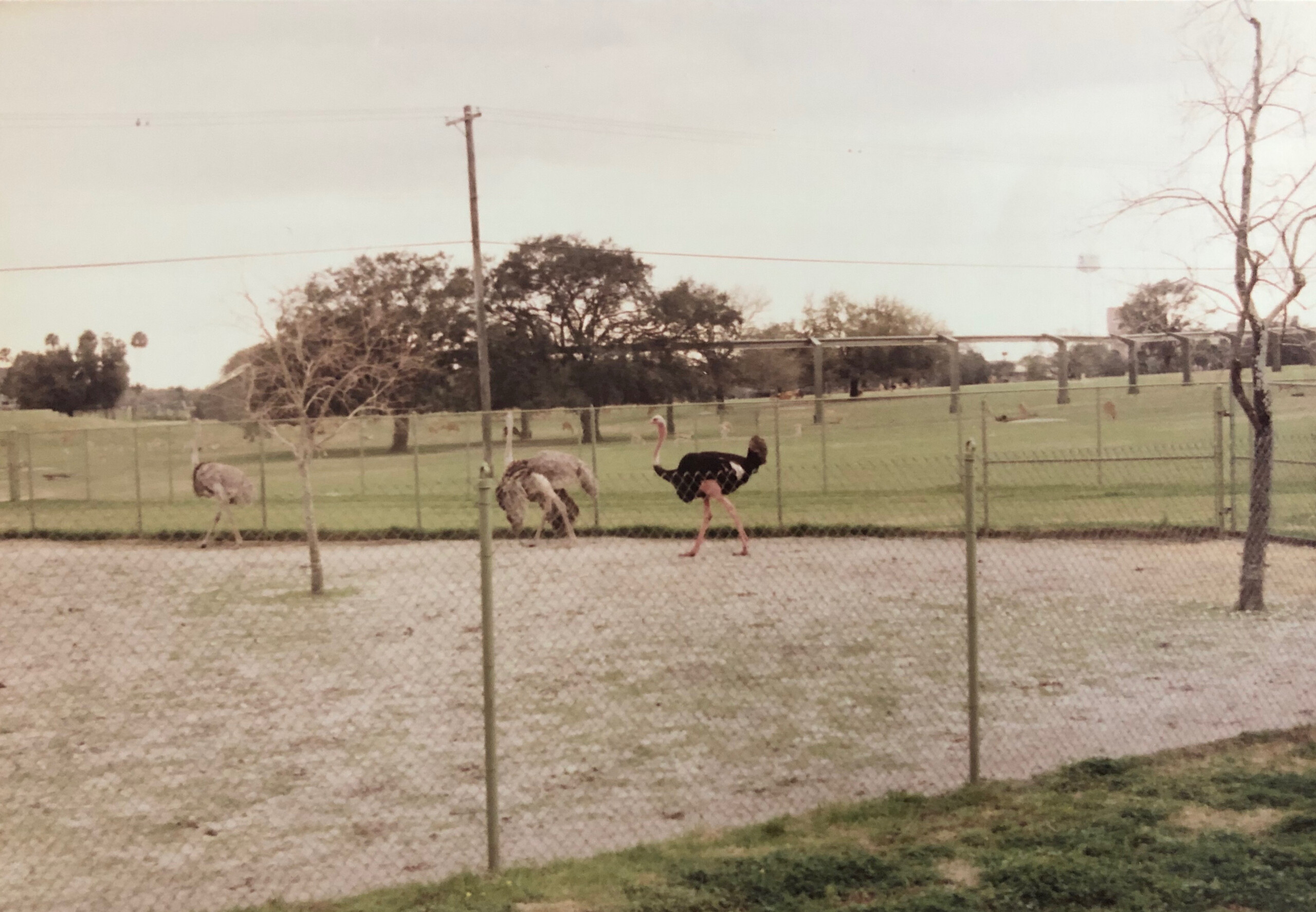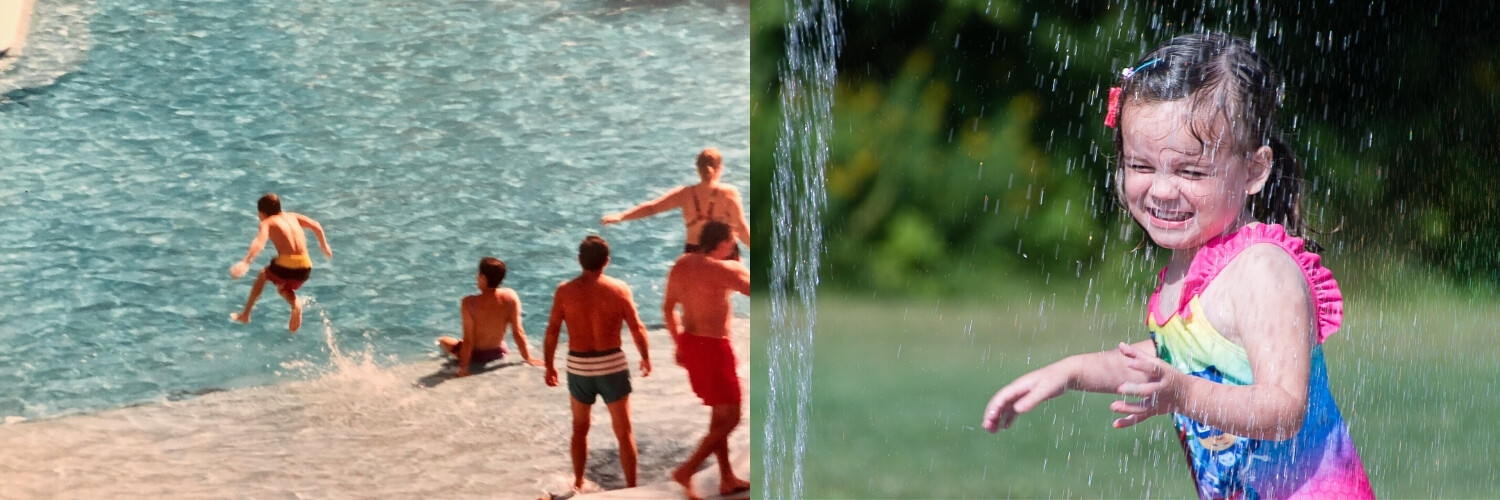The post The Photography Skill Progression that Stunned Us appeared first on Digital Photography School. It was authored by Darren Rowse.
If you’re still stuck on auto mode and struggling with all the settings on your digital camera, this story of photography skill progression is for you. You may wonder, “Just how long does it take to become a better photographer? 3 days? 31 days? Two years?
In this feature of one of our students, the answer was all three.
Today I wanted to share with you the story of Marie Costanza. Marie grew up in Rochester, NY – the home of Kodak. So it’s no surprise she grew up taking photographs with her Kodak Instamatic camera.
Prior to starting our course 31 Days to Becoming a Better Photographer in February 2018, Marie described her experience being at the novice level.
“I was enthusiastic about taking photos and some of my images were decent, but I was not able to explain what I did to cause some of my images to be decent and many of them to be mediocre.”
Marie Costanza
She shared with us a sample of photos she took a few years before doing the course with instructor, Jim Hamel.



She wasted no time getting stuck into the course and extracting value from Jim. Here are the first images she shared with the group, after just 3 days.

And how right Jim was when he said . . .
Nice work. And this is only the beginning.
Jim Hamel
By “Day 7” Marie was experimenting more and starting to get shots like these:

And Jim’s response:

Prior to Jim’s course, I only shot on Automatic mode. I was completely intimidated by Manual and I did not fully understand the relationship among ISO, Shutter Speed or Aperture. I did use Aperture priority occasionally, and I was starting to understand that mode slightly. Jim’s Day 3 lesson was like a revelation for me. Being able to understand how to meter and how to use the Manual Mode opened up a whole new world of photography.
Let’s compare some of her more recent photos with the ones she shared earlier:



But by far our favourite progression has been what our team like to refer to as “Marie’s Duck Progression”! It certainly caught our attention and it’s the reason we wanted to feature her photography today.



Define the subject…for this challenge, I went back to my duck subject….those of you who have known me since we began the 31 Days course back in 2017…you might recall my original duck and then my post course duck. I love using ducks for my subject! This guy is called, “Late for an Important Date.” I used the following settings: ISO 1000, 380 mm, f6.0, 1/2000. I was using my Tamron 150-600 lens, hand held.
In addition to Day 3 (Metering), Marie also said Day 9 (Making Images Tack Sharp) was very beneficial in improving her duck photos because it helped her understand the impact of the shutter speed. Day 15 was helpful because learning about the importance of simplification helped her to understand that it’s important to eliminate distractions and to fill the frame with the subject. You can really see the impact of that in her second photo.
And the final photo, taken this year is a culmination of everything she has learned and practiced. Marie says, “Prior to the course I had just begun to play around a bit with Lightroom, so all of Jim’s lessons where he took us through the process of editing an image really helped me to understand the power of post processing.”
We asked what advice she’d give other aspiring photographers considering 31 Days to Becoming a Better Photography course.
The best part of this course was the fact that there was daily interaction between the student and instructor as well as all the new people we met in the Facebook Group. Anyone considering a course like Jim’s, should make sure this aspect is included. The helpful suggestions were invaluable and practical. Getting immediate feedback, which included positive elements as well as suggestions for improvement, made me eager to try the techniques.
Marie Costanza
And Marie and thousands of students since have received amazing attention from Jim like this reply to her very first post in the group:

Marie also had the following to say about Jim’s teaching style:
Having been an educator for over 37 years I am able to recognize effective teaching and the successful learning that is directly related. (For 15 years I was in charge of the Career in Teaching Program in the Rochester City School District, and I observed/provided feedback to countless teachers.)
Jim’s method of teaching is why the course is so successful. He teaches one concept at a time, has the student practice the new techniques, and then he provides feedback immediately.
The videos were the right length, which enabled me to effectively process the concepts/skills. When a teacher gives too much information or presents too many tasks/concepts, the learner has cognitive overload, resulting in the learner being unable to process the information.
Jim is highly skilled at knowing just how much information to present in order to challenge the student without forcing the student into cognitive overload. He is a highly effective teacher!
Marie Costanza

Marie’s photos star in our course promotions, along with photos from fellow students. Real photos, real students. Join them for the final class intake and save $ 100 when you sign up now.
Learn More
We love what Marie has achieved with her photography since doing the course. She has joined her local photography club and has even won some awards for her photos. Here are some more of our favourite photos she has taken – a world apart from her earlier snaps.




If you’d like to experience improvement in your photography like Marie, please check out our final class intake for 31 Days to Becoming a Better Photographer and save $ 100 when you join before 31 July.
The post The Photography Skill Progression that Stunned Us appeared first on Digital Photography School. It was authored by Darren Rowse.

















You must be logged in to post a comment.